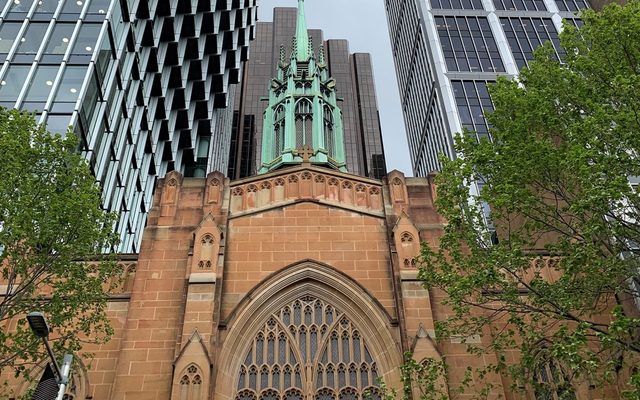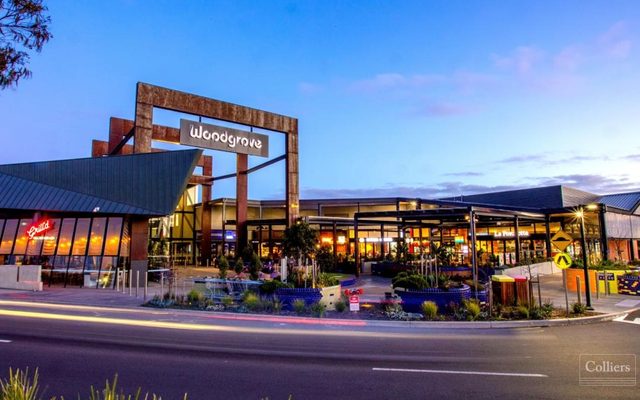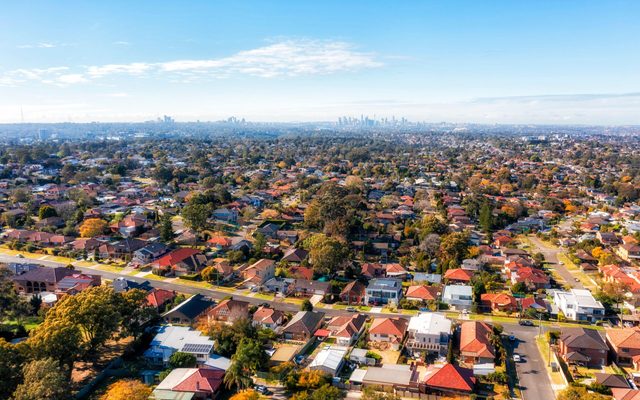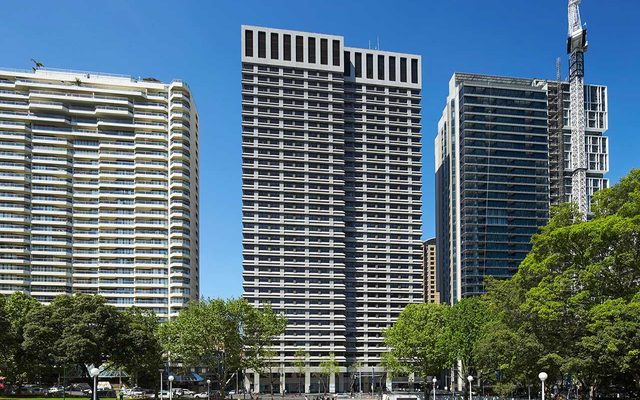This article is from the Australian Property Journal archive
A TIGHT rental market and high gross yields continue to encourage investors into the housing market, with investor lending growth outpacing the growth of owner occupiers, but that may be affected by a slowdown in price gains.
Data from the Australian Bureau of Statistics (ABS) shows lending to investors in June lifted by 2.7% to $11.02 billion, while owner occupier lending increased by a more modest 0.5% to $18.17 billion.
Over FY24, the value of new investor loans was 30.2% higher, while for owner-occupiers it was 13.2%.
Annual growth in the value of new investor loans was seen across all states and territories, driven by NSW (up by 27.3%), Queensland (by 34.5%) and Western Australia (56.7%). By comparison, growth was relatively slower in Victoria (up by 9.4%) and South Australia (by 38.3%).
“Helping to stoke investor demand is a very tight rental market and higher gross rental yields. The spread between owner-occupier and investor mortgage rates has also progressively tightened with banks competing for market share,” said Oxford Economics senior economist Maree Kilroy.
CoreLogic’s hedonic rental index was only 0.1% higher in July, the smallest monthly rise since August of 2020, with a clear slowdown in the pace of rental growth across the unit sector the main drag on rental growth. With value growth outpacing rental growth, that could see some downwards pressure on gross rental yields.
Eliza Owen, CoreLogic’s head of research told Australian Property Journal that the downwards pressure on gross rental yields could affect new investor demand, but investors had been a very strong driver of growth in the past 12 months – making up around 36% of the mortgage market – and lower projected capital growth would play a bigger role.
“The yield position could affect decisions for prospective investors, though traditionally, some of our most popular investment markets have been less solid on rental returns and have been more associated with long-term capital growth. So, I would say the fact that you’re coming into weaker capital growth conditions might have a bigger impact on reducing investor activity in the second half of 2024,” she said.
Kilroy said that following the latest CPI inflation read, which showed muted growth, Oxford Economics Australia expects the Reserve Bank of Australia will keep rates on hold for the remainder of 2024.
“With rates on hold, housing affordability will remain a constraint and place a lid on the pace of property price growth,” Kilroy said.
First home buyer loans lifted 1.5% in June to $5.3 billion, for a 11.2% year-on-year rise.
Loan sizes hit record highs
The average new owner occupier mortgage in Australia is now $636,597 – a new record high that is set to keep on rising alongside the pending property price gains in key states.
Over the last 12 months, the national average has risen by $56,357, an increase of $154 a day.
“While there is seemingly no shortage of buyers prepared to up their bids at heated auctions in key capital cities, many would-be first home buyers have their hands tied by the double-whammy of rising rates and property prices,” said RateCity.com.au research director Sally Tindall.
“The latest ABS figures confirm the number of owner-occupier first home buyer mortgages is stuck in neutral, clocking in at just 9,947 in the month of June.”
NSW unsurprisingly has the largest average new mortgage, at $780,028. While this figure has risen for the last four months, it still remains below the peak recorded in January 2022 of $803,235. The average new loan size for owner-occupiers hit record highs in Queensland, South Australia and Western Australia.
The size of the average new owner-occupier mortgage in Western Australia has risen by $93,967 in the past 12 months – a rise of 19.9%, or $257 a day.
New housing market past the worst
A lead indicator for the detached housing market, loans for the construction of dwellings increased 2.9%, for a 3.4% lift in volume terms, the number is up 9.2% quarter-on-quarter.
“Up 14.2% on a year ago, this is another sign we are past the worst for the new house market,” Kilroy said.
HIA economist, Maurice Tapang said the number of loans issued for the purchase and construction of a new home has been steadily increasing since the start of 2024, from a very low base.
“Market confidence appears to be stabilising following nine months without a change in interest rates.
Tapang said the uplift in number of loans issued to first-home buyers in the June quarter suggests that building activity is “at, or near, the trough in this cycle”.
Official data showed a 6.5% fall in total dwelling approvals in June, to 13,237 – the lowest level in over a decade – on the eve of the official start of the five-year National Housing Accord. The Accord aims to deliver 1.2 million homes around the country and turbocharge housing supply at a time of record low vacancy rates, high rents and stretched affordability, but is already hampered by difficult construction industry conditions.




